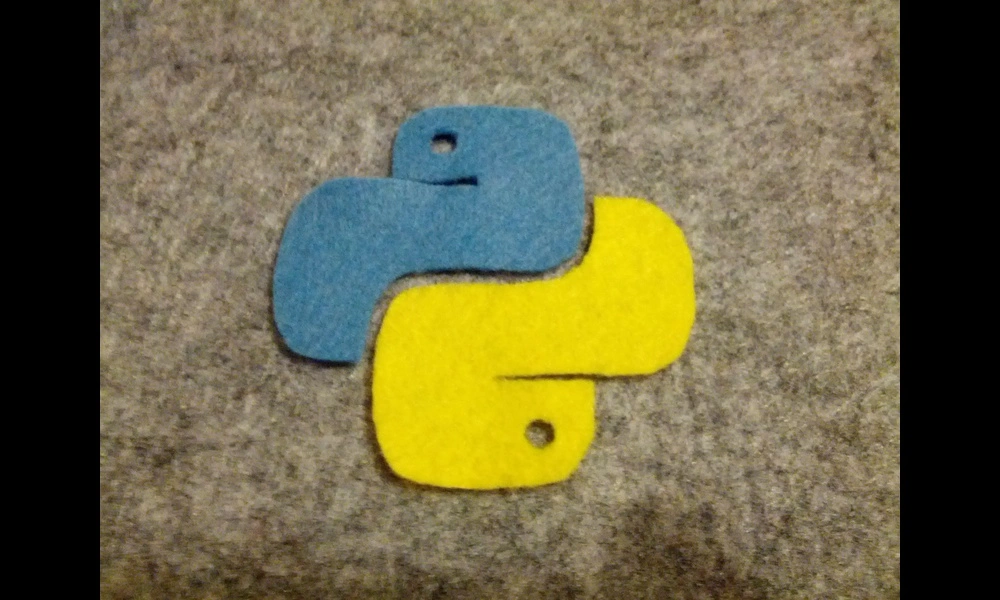Python Tools for Modelling Atom-Light Interactions
Published on Wed Aug 09 2023 python logo felt | Ayumu Kasuga on Flickr
python logo felt | Ayumu Kasuga on FlickrUnderstanding the interactions between atoms and light is crucial in the field of atomic physics. A recent tutorial has introduced simple Python tools that allow researchers to model and simulate these interactions, even without strong programming expertise or a deep understanding of the underlying physics.
The tutorial focuses on near-resonant atom-light interactions and provides code snippets alongside relevant equations. It aims to help both newcomers to the field and experienced scientists gain clarity and understanding of these complex systems.
Python, a popular high-level programming language known for its ease of use and versatility, has proven to be an invaluable resource in scientific computing. While there are already several Python packages designed for simulating atom-light interactions, many of them are highly complex and require the installation of multiple additional packages.
The new Python tools introduced in this tutorial, however, only require the standard Python libraries NumPy, SciPy, and SymPy, along with Matplotlib for producing plots. These tools allow researchers to explore the steady-state behavior of few-level atom-light systems, without the need for complicated installations or "black box" solutions that provide no insight into the underlying equations and assumptions.
The tutorial covers topics such as deriving the optical Bloch equations, analyzing the role of the density matrix, extracting measurable quantities, and finding steady-state solutions. It also provides examples of using the defined functions to create plots and interpret the physics behind both zero and finite-temperature systems.
By making these Python tools available, the tutorial offers scientists in the field of atomic physics an accessible and user-friendly way to model and explore atom-light interactions. The tutorial's code snippets and example notebooks can be found on GitHub for easy access and implementation.
Overall, this tutorial and the accompanying Python tools provide a valuable resource for both students and established scientists, allowing them to build basic computational models and gain a deeper understanding of the complex dynamics of atom-light interactions.



